Speaker
Description
Particle therapy in cancer treatment permits, compared to conventional X-ray therapy, to deliver a more conformal dose to the tumor while sparing healthy tissues. Nevertheless, the primary beam and target fragmentation lead to the production of lighter fragments, which may contribute to undesired dose in healthy tissues. Dose calculations in particle therapy rely on high-performance algorithms which encompass physical processes. These calculations are based on data generated by Monte Carlo simulations. However, there is currently a lack of experimental data regarding nuclear reactions in particle therapy, which can introduce inaccuracies in dose calculations. The CLINM (Cross-Sections of Light Ions and Neutron Measurements) project, funded by ANR (starting in January 2024), seeks to offer a global characterization of the secondary particles produced by fragmentation processes of ions on tissues, and their associated chemical effects. The investigation of these chemical effects involves the measurement of the radiolysis products generated by the secondary particles, while the physical properties (energy, charge) measurement of these particles is performed thanks to a ∆E-E telescope, made of a plastic and a CeBr3 scintillators. As part of the CLINM project, a first experimental campaign was conducted at the CNAO hadrontherapy center to characterize secondary particles produced by carbon ion fragmentation on tissue-equivalent targets. Using a ∆E-E telescope, the energy distributions and yields of secondary particles were measured from 12C beams at 200 MeV/u and 400 MeV/u on 5 cm and 23 cm RW3 targets, with detectors positioned at 0° and 5° relative to the beam axis. The experimental results were compared with Monte Carlo Geant4 simulations, revealing significant discrepancies, particularly for light particles such as helium, where a notable energy shift up to 90 MeV/u was observed. Additionally, the yield of heavier fragments (Z = 3-6) showed notable underestimation from simulation predictions, highlighting limitations in the current Monte Carlo models. The results underscore the necessity for more accurate models to improve the prediction of secondary particle behavior and optimize treatment planning in hadrontherapy.

